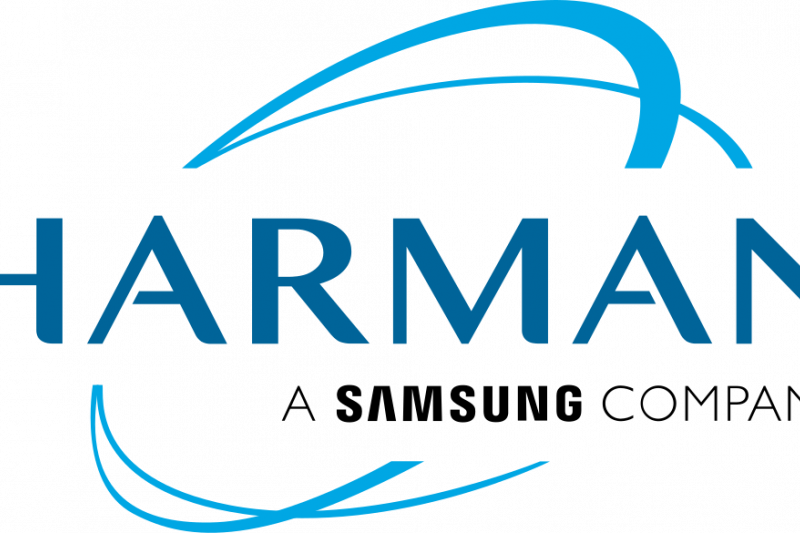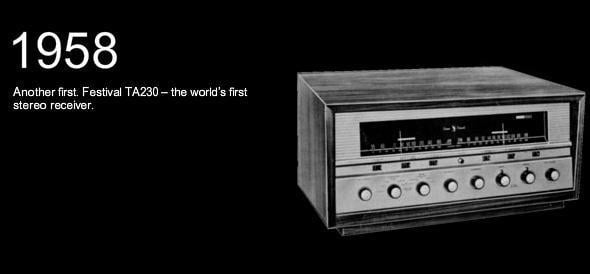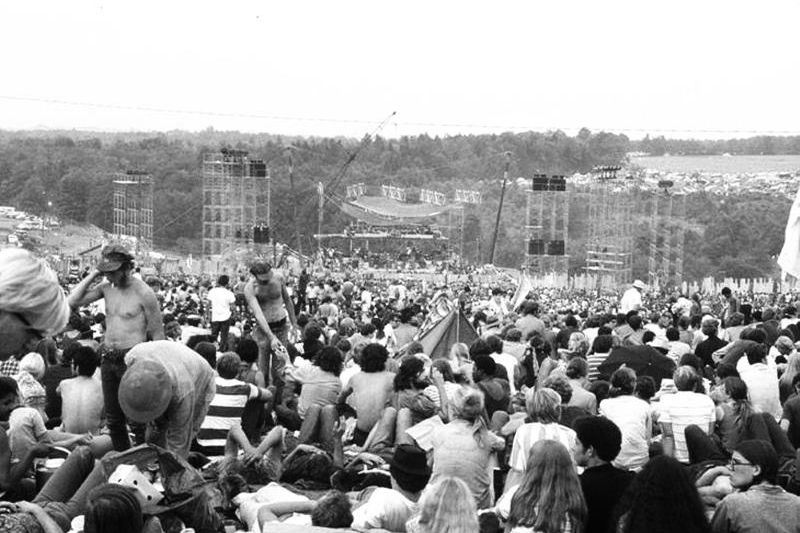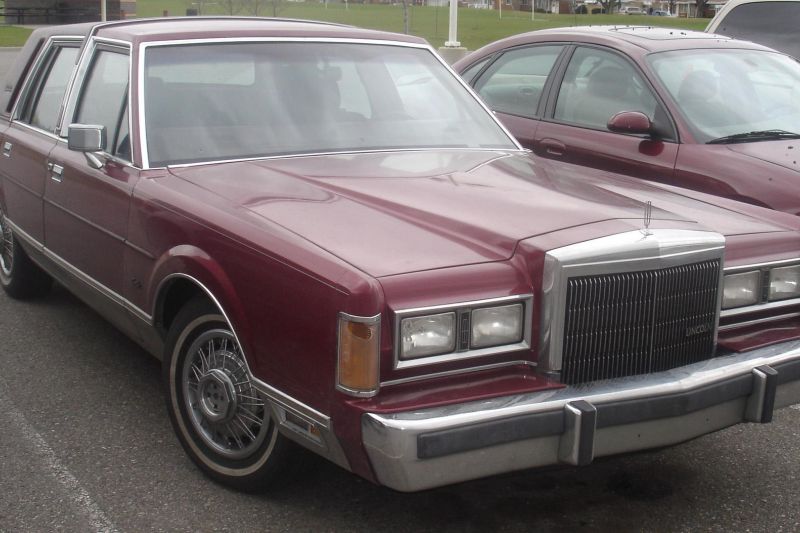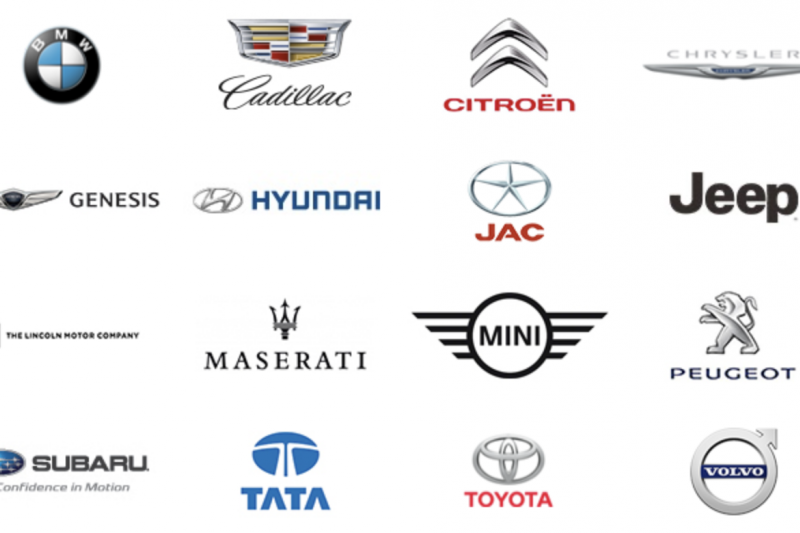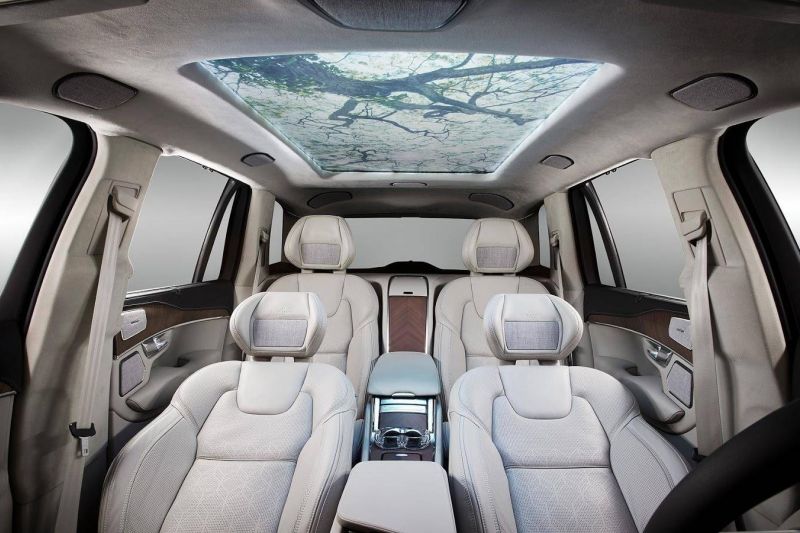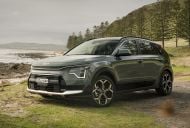In the automotive space, all the brands listed above are owned by Harman International. If you drive something with an audio system from one of them, or own a Galaxy smartphone, you might be surprised to learn that both products are made by the same company – Samsung, which acquired Harman International in 2017.
Harman does not exclusively make audio systems for cars. With cars increasingly becoming connected computers that can interact with other digital devices around them, Harman also makes automotive cybersecurity solutions.
Additionally, the firm produces various radar and camera sensors for ADAS (advanced driver assistance system) technologies such as AEB (autonomous emergency braking) and lane-keeping assist, as well as vehicle infotainment displays.
During the 2019 income year, the company had a total sales revenue of approximately US$8.4 billion as per the Samsung Electronics annual report.
Early history
Harman International traces its history back to the 1950s, with two key people involved in the foundation of the company – Sidney Harman (image below) and Bernard Kardon. At the time, Sidney and Bernard were both employees at the Bogen Company (now known as Bogen Communications), a New Jersey-based manufacturer of public address systems and other associated products.
An emerging innovation during this time was the introduction of high-fidelity audio technology, or audio equipment that would be able to reproduce sound at a high quality without static or distortion (as is apparent with AM radio) and with a neutral, rather than sculpted, frequency response.
Both Sidney and Bernard envisioned that high-fidelity audio equipment, with its significantly improved audio quality, would be a major trend in the future. However, Bogen disagreed and continued to focus on its existing line of PA systems. Therefore, Sidney and Bernard left the company to start their own firm, the original Harman Kardon Inc.
This new company’s first product was an FM radio in 1956, quickly followed up by the Festival TA230, the world’s first stereo receiver. Although technically outputting audio in stereo, it was able to do this only by having one audio channel tuned to the FM band, and the other channel tuned to the same station but on the AM band!
The company continued to expand during the ’60s and ’70s with the development and launch of more high-fidelity audio equipment, as well as through acquisitions of other audio companies such as the loudspeaker manufacturer James B. Lansing Sound (JBL sound) in 1969. Perhaps most notably, JBL was the company that provided the loudspeakers for the Woodstock music festival.
One of the reasons Harman Kardon was able to expand successfully was its profitable practice of selling home audio components separately.
Whilst competitors at the time sold stereo systems, Harman Kardon sold components such as speakers, amplifiers and receivers separately – enabling greater customisation, as buyers could wire a system that suited their needs and budget, and also enabling a greater profit to be made per component.
The company expanded into the automotive business in 1984 with the debut of its first in-car audio system for the Lincoln Town Car through its JBL brand. This model was also the first car to have a factory installed CD player for its 1987 model year.
Customers and brands
The automotive audio business is somewhat unique, in the sense although many premium systems share the same name and branding as home Hi-Fi systems, they are not necessarily made by the same company. Instead, the audio company has licensed its brand to a company such as Harman to produce the systems on its behalf, or alternatively has sold its automotive business altogether.
Bang & Olufsen is a prime example of this. In the home, the company is well-known for producing design-led, ultra-high-end audio components alongside its more budget line of B&O Play headphones and wireless speakers.
But the company sold its automotive audio business to Harman in 2015 – to the extent that the B&O Play and Bang & Olufsen audio systems found in cars are made by Harman, rather than the Bang & Olufsen responsible for making home audio systems.
Does this really matter? As long as customers perceive the audio quality to live up to the brand name, yours truly would wager not.
Apart from Bang and Olufsen, Harman also owns or licenses the following audio brands for automotive purposes:
The wide variety of brands that Harman uses also acts as a win-win for both Harman and car manufacturers. From the customer perspective, a car manufacturer such as Toyota, VW, or Ford can partner with a particular brand within the Harman portfolio and ostensibly differentiate itself from its competitors, while Harman retains economies of scale by producing similar systems and audio components and effectively only having to rebrand them for each manufacturer (of course, the quality of the sound system would be commensurate to the price of the vehicle and the OEM’s desire).
As an example, the following OEMs all use Harman products for their premium, branded audio systems:
Recent innovations and future
In addition to in-car audio systems, Harman has taken advantage of its parent company Samsung’s expertise in display technologies. One of the resulting innovations is the availability of infotainment displays that utilise QLED technology (as seen in recent Samsung TVs) for use by OEMs.
Branded as Harman QLED Auto, the technology made its debut at CES 2018, but has yet to be introduced in a production vehicle by any OEM.
A more recent innovation in the audio space is Configurable Entertainment. Harman claims this technology enables passengers to experience the audio profile of multiple brands within one car, on a per-seat basis.
For example, a passenger in the right seat listening to a rock concert can experience a ‘JBL profile’ sound, whilst another person in the left seat watching a movie can experience a ‘Harman Kardon’ profile sound.
However, that could also be put down to marketing waffle. Ultimately, customers want the best sound possible for the content they are listening to.
They care much less about the specific brand of speakers or a brand-based audio profile, especially in a situation where a passenger can choose their preferred audio brand. Meanwhile, the technology itself appears to amount to a glorified EQ (equaliser) system that offers different settings based on where you are sitting in the car.





